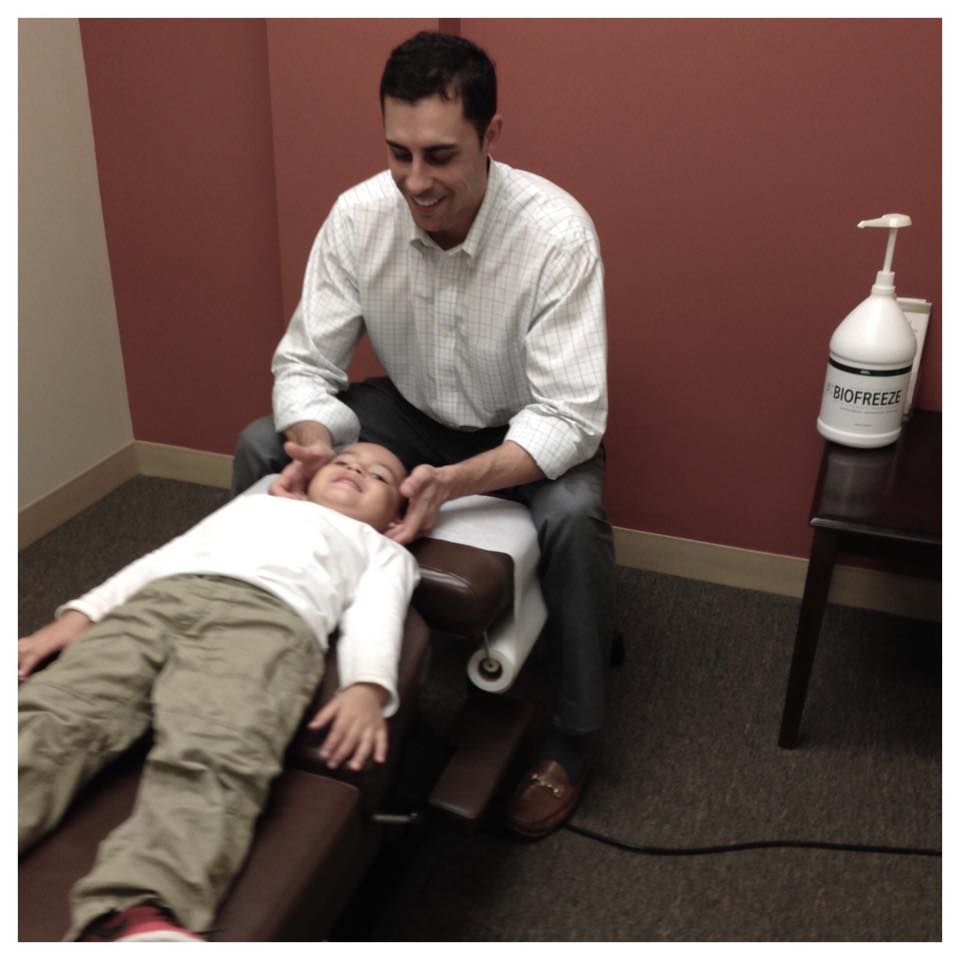Treatment Recommendations for Low Back Pain Include Chiropractic
For patients with chronic low back pain who have had an inadequate response to non-drug therapy, ACP recommends that physicians and patients consider treatment with NSAIDs as first line therapy; or tramadol or duloxetine as second line therapy. Physicians should only consider opioids as an option in patients who have failed the aforementioned treatments and only if the potential benefits outweigh the risks for individual patients and after a discussion of known risks and realistic benefits with patients.
“Physicians should consider opioids as a last option for treatment and only in patients who have failed other therapies, as they are associated with substantial harms, including the risk of addiction or accidental overdose,” said Dr. Damle. “Noninvasive Treatments for Acute, Subacute, and Chronic Low Back Pain” is based on a systematic review of randomized controlled trials and systematic reviews published on noninvasive pharmacological and non-pharmacological treatments of nonradicular low back pain. Clinical outcomes evaluated included reduction or elimination of low back pain, improvement in back-specific and overall function, improvement in health-related quality of life, reduction in work disability/return to work, global improvement, number of back pain episodes or time between episodes, patient satisfaction, and adverse effects. The evidence was insufficient or lacking to determine treatments for radicular low back pain. The evidence also was insufficient for most physical modalities and for which patients are likely to benefit from which specific therapy. The guideline does not address topical therapies or epidural injection therapies. ACP’s clinical practice guidelines are developed through a rigorous process based on an extensive review of the highest quality evidence available, including randomized control trials and data from observational studies. ACP also identifies gaps in evidence and direction for future research through its guidelines development process. ACP’s previous recommendations for treating low back pain were published in “Diagnosis and Treatment of Low Back Pain: A Joint Clinical Practice Guideline from the American College of Physicians and the American Pain Society” in 2007. Some evidence has changed since the 2007 guideline and supporting evidence reviews. The 2007 guideline did not assess mindfulness-based stress reduction, MCE, taping, or tai chi That's a wrap for our blog this week! Stay tuned for our next blog, and send your questions to [email protected]
0 Comments
Leave a Reply. |
AuthorThe Shelton Sports & Spine Blog is for answering your questions! Stay tuned to learn about our practice, health, food, treatments, and more! Archives
July 2024
Categories |
|
|
4 Armstrong Road
Suite T120 Shelton, CT 06484 (203) 842-8631 |



 RSS Feed
RSS Feed